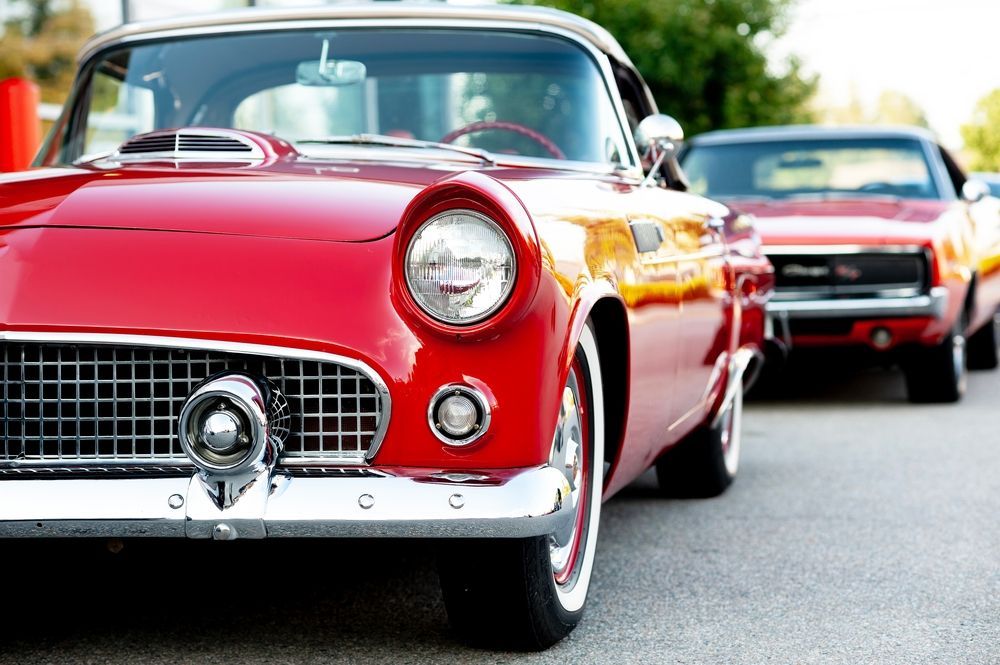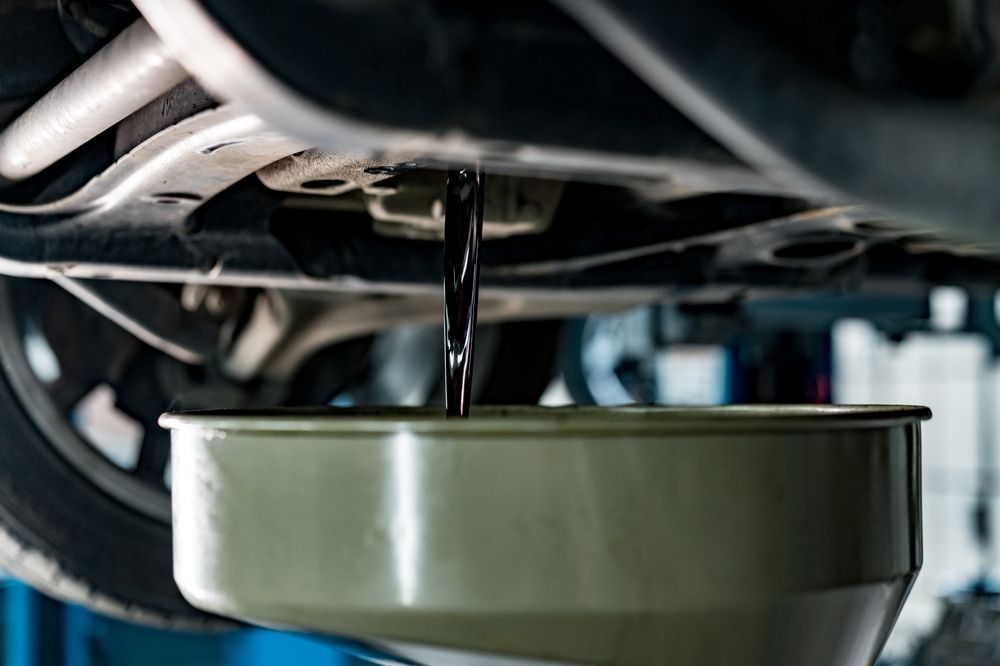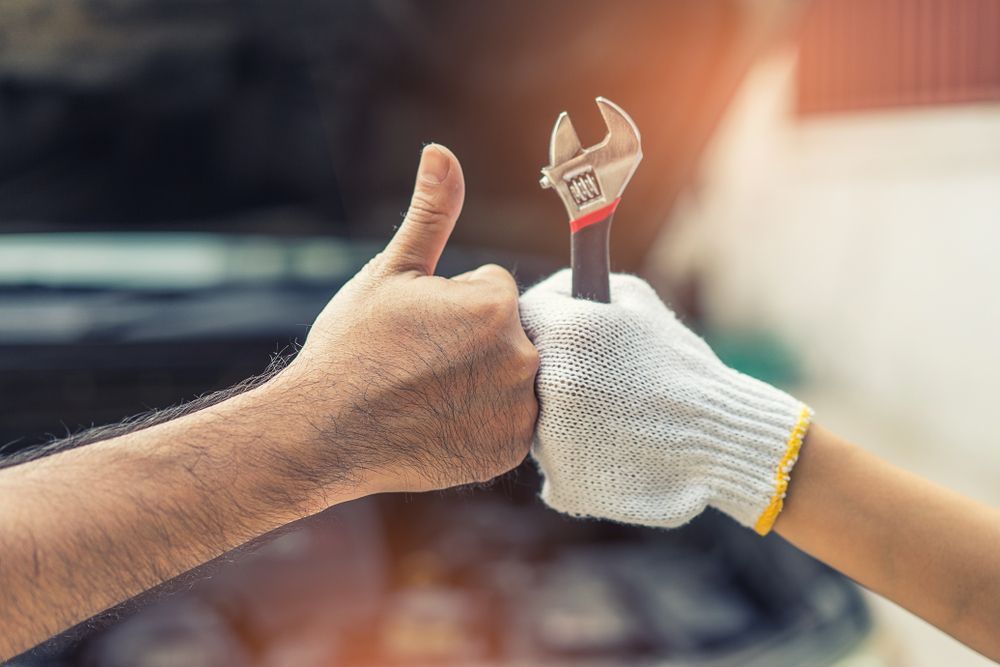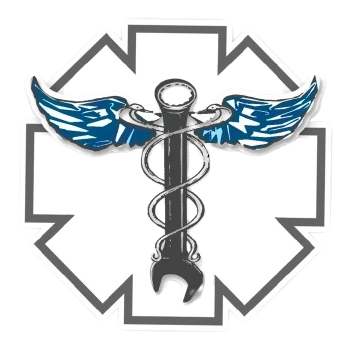Restoring Classic Cars: Tips from the Experts at Parker Performance
At Parker Performance, classic cars are more than just vehicles—they are rolling pieces of history that tell stories of automotive craftsmanship, innovation, and culture. Our mission is to bring these vintage icons back to life with the utmost precision and care. With years of hands-on experience in restoration, we have become a trusted name for those looking to restore classic cars to their former glory. Whether it’s restoring muscle cars from the golden era of American motoring or providing affordable classic car restoration for collectors on a budget, our team combines passion with expertise to deliver exceptional results. In this blog, we’re sharing valuable tips and insights from our restoration experts to guide anyone who is considering embarking on their own journey into classic car restoration.
Understanding the Foundation of a Successful Classic Car Restoration
Restoring classic cars begins long before the first wrench is turned. At Parker Performance, we stress the importance of preparation and research as the foundation of any successful project. The first step is selecting the right car to restore. This decision can dramatically influence the complexity and cost of the project. Some vehicles, like Mustangs, Camaros, or Chevelles, have a wealth of aftermarket support, which makes sourcing parts easier and more affordable. Others may require hunting down rare components, which can add to both time and expense.
Once the car is selected, we conduct a thorough assessment of its condition. This includes evaluating the body, engine, transmission, suspension, and electrical systems. Our experience has taught us that hidden rust and previous poor restoration work are common challenges. By performing a complete inspection, including undercarriage and frame analysis, we can develop a detailed and realistic restoration plan.
Our restoration strategy typically follows a well-structured sequence: disassembly, cataloging parts, addressing structural repairs, bodywork, mechanical restoration, reassembly, and finishing. Having a clear roadmap from the beginning helps avoid surprises and keeps the restoration focused and efficient.
The Art and Science of Restoring Muscle Cars
When it comes to restoring muscle cars, there's an added layer of emotion and performance-based goals. These cars were engineered to deliver power and excitement, and at Parker Performance, we respect that legacy. Our muscle car restorations aim to preserve the original character while updating key systems for safety and drivability, when appropriate.
One major decision point in restoring muscle cars is whether to pursue a numbers-matching, factory-correct restoration or a restomod approach. Numbers-matching restorations focus on authenticity, recreating the car as it would have rolled off the assembly line, which is ideal for collectors and investment purposes. A restomod, on the other hand, involves integrating modern performance and technology into the classic shell, making the car more enjoyable for daily driving or track use.
We’ve restored everything from the raw power of a 1970 Dodge Charger to the sleek performance of a 1969 Chevrolet Camaro Z/28. Our approach is always tailored to the car and the client’s vision. Engine rebuilding, drivetrain upgrades, brake conversions, and suspension enhancements are all part of our repertoire. Attention to detail in paintwork and trim ensures that the car not only runs like a dream but looks showroom-perfect.
One of the key factors in our success with restoring muscle cars is our commitment to authenticity and craftsmanship. Whether rebuilding a big block V8 or reupholstering original bucket seats, we combine modern techniques with old-school dedication to excellence.
Keeping It Accessible: Affordable Classic Car Restoration
A common misconception is that classic car restoration is only for those with deep pockets. At Parker Performance, we believe that affordable classic car restoration should be within reach of passionate enthusiasts at all levels. Our team works closely with clients to define project goals, prioritize needs, and develop a realistic budget.
One way we keep restoration affordable is through phased restoration plans. Instead of tackling everything at once, we can break the project into manageable stages: start with essential structural repairs, then move to mechanical systems, followed by cosmetic work. This approach allows clients to spread the investment over time without sacrificing quality.
We also help our clients make smart decisions about parts and upgrades. While original equipment manufacturer (OEM) parts are ideal for authenticity, they’re not always necessary for a satisfying result. Reproduction parts and modern equivalents can offer a more cost-effective and reliable alternative. Our extensive network of suppliers and years in the business give us access to competitive pricing and hard-to-find items.
Additionally, we are transparent with our labor costs and provide detailed progress reports. Our clients appreciate this honesty, and it helps build trust throughout the restoration journey. Whether we’re working on a barn-find '55 Bel Air or a tired '70 GTO, our goal is to bring these classics back to life without breaking the bank.
Investing in the Right Equipment: Best Tools for Classic Car Restoration
Quality tools are the backbone of any great restoration. At Parker Performance, we’ve invested heavily in the best tools for classic car restoration, and it makes all the difference in the final outcome. From precision machining to advanced paint systems, our facility is equipped to handle every phase of restoration with accuracy and care.
For bodywork, we rely on high-quality sheet metal fabrication tools, including English wheels, bead rollers, and shrinker/stretchers. These allow us to recreate factory contours and curves with exacting detail. We also use spot welders and MIG/TIG welding equipment for structural repairs and panel replacement.
Mechanical restoration demands precision and durability. Our engine shop features torque plates, honing machines, and balancing equipment to ensure rebuilt engines perform to factory specs—or better. When restoring suspensions, steering systems, and drivetrains, having access to high-torque impact wrenches, hydraulic presses, and specialty alignment tools streamlines the process and improves safety.
For the finishing touches, we use state-of-the-art paint booths with temperature and humidity control, ensuring flawless finishes. Our color-matching systems allow us to replicate original hues or create custom finishes tailored to each project. Interior restoration is supported by upholstery sewing machines, steamers, and vacuum formers to recreate OEM-quality results.
We also believe in investing in digital diagnostic tools for electrical and fuel injection systems, especially in restomods. These tools help troubleshoot issues quickly and keep everything running smoothly after the restoration is complete. By combining traditional craftsmanship with modern technology, Parker Performance ensures that every classic we restore is both beautiful and reliable.
Driving the Dream: The Joy of Bringing Classics Back to Life
There’s something deeply rewarding about watching a classic car roar back to life after months of meticulous restoration. At Parker Performance, this is what drives us every day. Whether it’s the purr of a rebuilt engine, the gleam of fresh chrome, or the smile on a client’s face during the first test drive, these moments make all the effort worthwhile.
Restoring classic cars is not just about metal and rubber—it’s about preserving history, reviving memories, and creating new experiences. Each project we take on is treated with the same respect and enthusiasm, regardless of the make or model. We see these cars as living stories, and our role is to write the next chapter with care, skill, and integrity.
Our clients often share personal stories about their cars—family heirlooms, first loves, dream cars they’ve waited decades to own. Being a part of these journeys is an honor. And while the technical side of restoration is challenging and complex, it’s the emotional connection that fuels our passion.
Conclusion
We invite classic car enthusiasts, whether first-time restorers or seasoned collectors, to visit our shop, explore our work, and join our growing community. With Parker Performance by your side, restoring classic cars becomes a collaborative and fulfilling adventure.
From restoring muscle cars to making affordable classic car restoration possible for everyday enthusiasts, we are proud to share our knowledge, tools, and heart with the vintage car community. With every bolt tightened and every panel painted, we’re not just rebuilding cars—we’re reigniting dreams.
Need a Local Auto Repair Shop Near You?
At Parker Performance, we’re passionate about keeping your vehicle running smoothly, whether it’s a daily driver or a classic car needing restoration. Our expert team in Santa Rosa is here to provide top-quality auto care with precision and dedication. From routine maintenance like oil changes and brake repairs to detailed classic car restorations, we ensure every job is done right with the highest quality parts. We take pride in our honest, professional service, building trust with every customer. Reach out today to schedule your appointment – we can’t wait to help you keep your car in peak condition!
Ready to work with Parker Performance?
Let's connect! We’re here to help.
Send us a message and we’ll be in touch.
Or give us a call today at (707) 526-2198
Agency Contact Form
More Marketing Tips, Tricks & Tools






